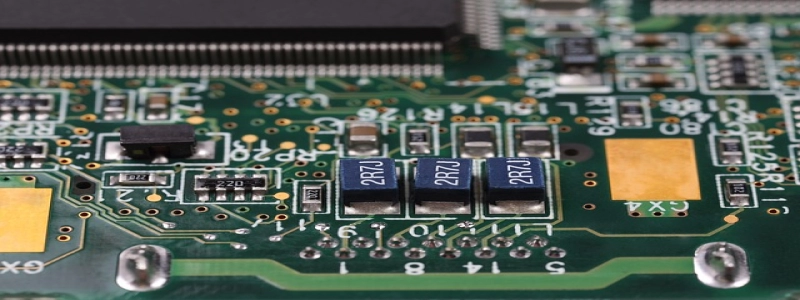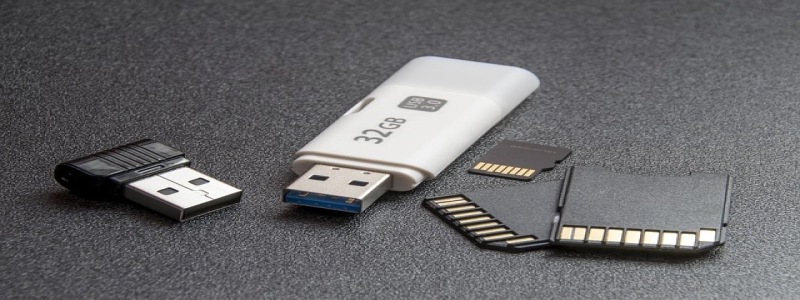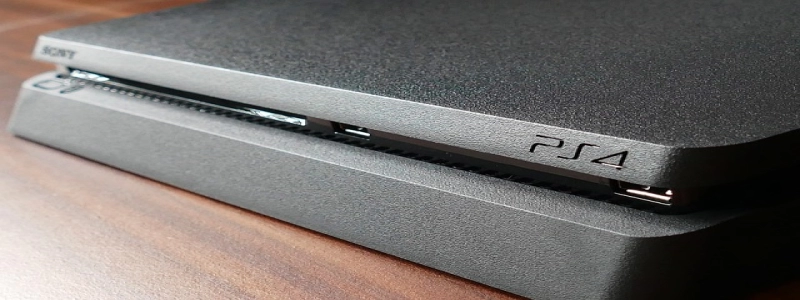Single Mode Fiber Coupler
Introduction:
In the field of fiber optics, a fiber coupler plays a crucial role in connecting different fiber optic cables. Among various types of fiber couplers, the single mode fiber coupler stands out due to its ability to handle single-mode fibers and provide highly efficient coupling. In this article, we will discuss the structure, working principle, and applications of the single mode fiber coupler.
I. Structure of Single Mode Fiber Coupler:
The single mode fiber coupler consists of three key components: two single mode fibers and a coupler device. The coupler device is typically made of a high-quality glass material and includes a core, cladding, and a protective coating. The core diameter is small and matched to the single mode fibers, ensuring low-loss signal transmission.
II. Working Principle of Single Mode Fiber Coupler:
The working principle of a single mode fiber coupler is based on the phenomenon of evanescent coupling. When two single mode fibers are brought close together in the coupler device, the evanescent field from one fiber interacts with the other, allowing the transfer of light energy between them.
III. Types of Single Mode Fiber Couplers:
There are mainly two types of single mode fiber couplers: fused couplers and wavelength division multiplexing (WDM) couplers.
A. Fused Couplers:
Fused couplers are created by fusing two single mode fibers together in a specific manner. They can be further divided into three subtypes: couplers with equal splitting ratio, couplers with unidirectional coupling, and couplers with unequally splitting ratio. Fused couplers are highly reliable and provide low insertion loss.
B. Wavelength Division Multiplexing (WDM) Couplers:
WDM couplers are used in applications where multiple wavelengths need to be combined or separated. They utilize thin-film filters to direct different wavelengths of light to specific fibers. WDM couplers are widely used in telecommunication networks and optical sensing systems.
IV. Applications of Single Mode Fiber Couplers:
Single mode fiber couplers find their applications in various fields, including telecommunications, fiber optic sensors, and fiber laser systems.
A. Telecommunications:
In telecommunications, single mode fiber couplers are used for connecting long-haul optical fibers, enabling efficient transmission of high-speed data over long distances. They are also used in fiber-to-the-home (FTTH) applications for distributing optical signals to households.
B. Fiber Optic Sensors:
Single mode fiber couplers are used in fiber optic sensor systems for signal splitting and multiplexing. They can be used in applications such as temperature sensing, strain sensing, and chemical sensing.
C. Fiber Laser Systems:
Single mode fiber couplers play a crucial role in fiber laser systems by enabling efficient coupling of pump light into the laser cavity. They are essential for achieving high laser output power and stability.
Conclusion:
The single mode fiber coupler is a vital component in fiber optic systems, enabling efficient coupling and transmission of light signals. With their compact size, low insertion loss, and wide range of applications, single mode fiber couplers continue to contribute significantly to advancements in telecommunication, sensing, and laser technologies.








